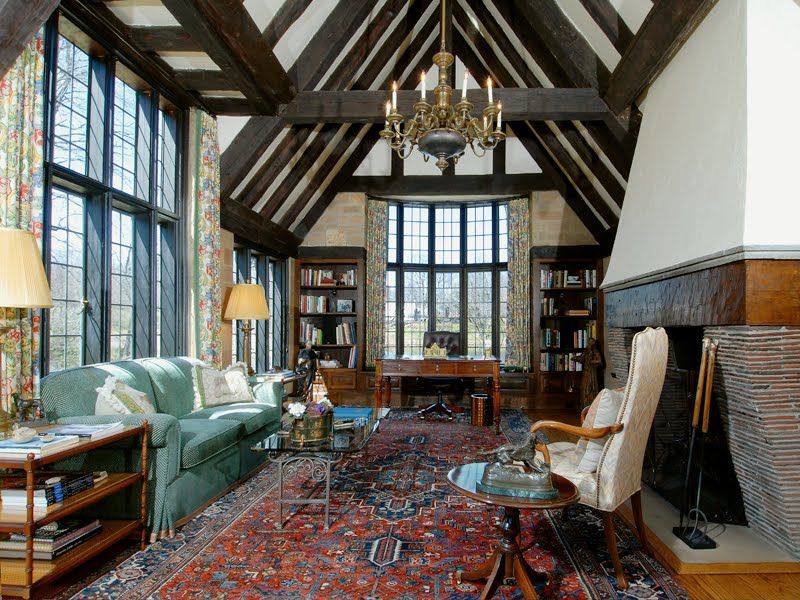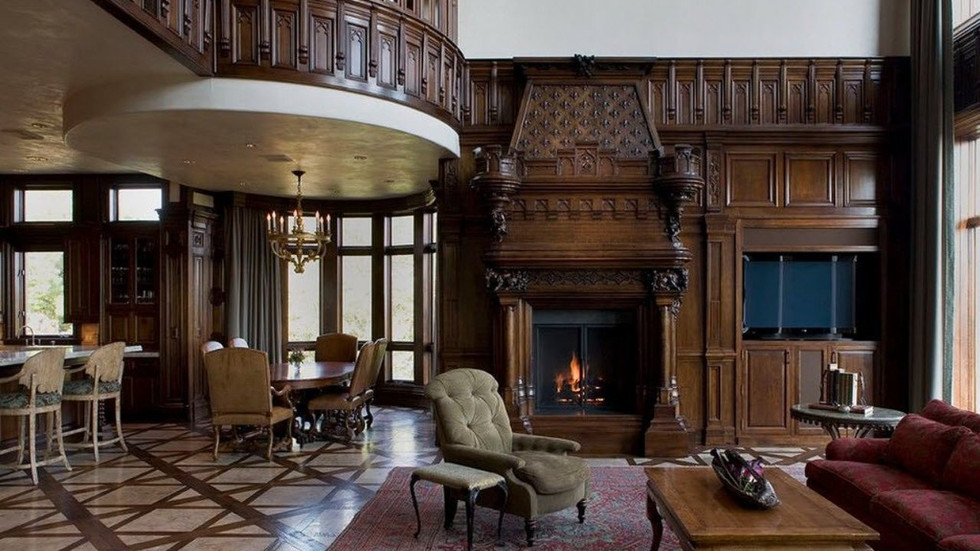LIFESTYLE: WAY TO LIVE
- PORTRAY Interiors

- Jan 16, 2021
- 3 min read
Throughout the years, several various types of architecture have emerged, most of which have survived in some way as templates for today's interiors. Most people living in typical homes love decorating and furnishing them just as they must have been in the past. Others are happy to recreate the "look" of the past era, and many new paintings, wallpapers, and fabrics are based on patterns drawn from the past using subtly different pattern sizes or colors to match the tastes of today. Some people choose a more diverse approach, mixing together elements from different styles or countries to create a very specific and distinctive look of their own.
It's worth investing some time identifying your preferred theme so that your home looks coordinated, since this will still help make the rooms look bigger than they actually are. Don't worry of any room in isolation from the rest of the house. Open doors provide a view of other spaces, halls or passageways, all of which should be harmonized. The styles suggested below are rather common. If you choose a more accurate version, such as Biedermeier (a robust and elegant style from the Napoleonic Wars) or Gustavian (a Swedish 18th-century counterpart of the English Georgian style), then discovering it can be interesting and satisfying.
Historic
THE LOOK There's a large choice here, from the timeless English Country look, built up over centuries, to Tudor and Gothic, Georgian, American Country and Colonial, French Provincial, Victorian, Arts and Crafts, or 20th Century. You could be specific and go for a retro 1930s style such as Bauhaus or Art Deco, or embrace the general timeless country look of floral chintzes,cabinet-maker upholstery, and overall comfort.
THE FURNITURE The furniture in all these styles is usually simple, beautifully made, and of wood, the chairs and settees plumply upholstered. They may have loose covers, or have "throws" draped over them.
THE SPACES
Use of space relies on a careful but informal arrangement of good quality furniture and fabrics, seemingly
casual but carefully thought out. The kitchen should have plenty of wooden surfaces, plus a kitchen table with drawers.
Modernist
THE LOOK Modernist is an uncompromising style that won't mix or match easily with traditional styles. It was started in the 1920s and continues to be popular, its simplicity and restrained look fitting in well with today's rather fast pace of life and smaller interiors. It is summed up well by the phrase "less is more."
THE FURNITURE Furniture shapes are strikingly simple, often surprisingly comfortable, but not usually upholstered. Leather-covered sofas in boxy shapes, and stark industrial materials such as tubular steel furniture and glass tables are all appropriate for this book.
THE SPACES Objects such as television sets, music systems, records, and books are all hidden away. Pictures and other decorative objects are displayed one at a time, if at all. In fact there are no unnecessary bits of furniture, curtains, or objects on show.
Regional
THE LOOK Regional styles are based on timeless peasant or country styles that have evolved from local vernacular architecture, materials, and craft skills. They include: Mediterranean (particularly from Greece and the South of France); Nomadic (particularly Middle Eastern tribal peoples); Japanese (although this could equally well fit in with the Modernist look); Indian; and Latin American and Caribbean, with their uninhibited colors.
THE FURNITURE Simple furnishings rely on color and hand-craftsmanship using local materials such as wood or rattan and cane, or woven rugs such as kilims or dhurries laid on the floor or used as cushion covers for seating.
THE SPACES Nothing is fitted. In many of these regional areas much of life is spent outside, so furniture is sparse. There are open shelves in the kitchen and rooms are usually small, so the less furniture the better.
Glamorous
THE LOOK This is often based on the fairy-tale interiors produced in the Hollywood films of the twentieth century. Materials are plush, shiny, slinky, and expensive. Curtains are lined, ruched, swagged, and heavy. Beds are king- or emperor-sized and carpets inches deep. Ornate mirrors reflect and enhance the overall effect of sumptuous unreality.
THE FURNITURE There is no particular style for the furniture as long as it is large, imposing, and probably leather-covered. The bed should be not only big enough for a giant but also covered in silk or satin.
THE SPACES Since the whole look is designed to present the unattainable, the sizes of the rooms are usually enormous. Luckily, mirrors are a great part of this look and they can be used to enhance the size of even a small room, particularly when carefully placed to produce never- ending reflections.














Comments